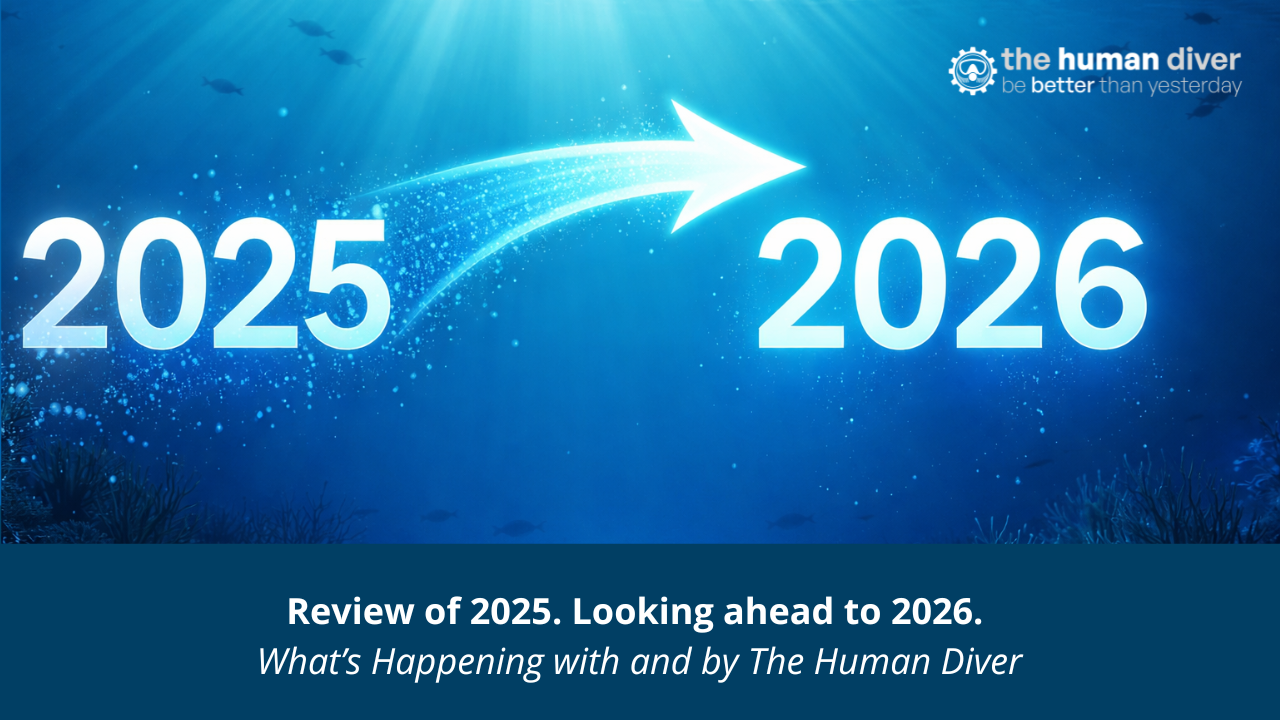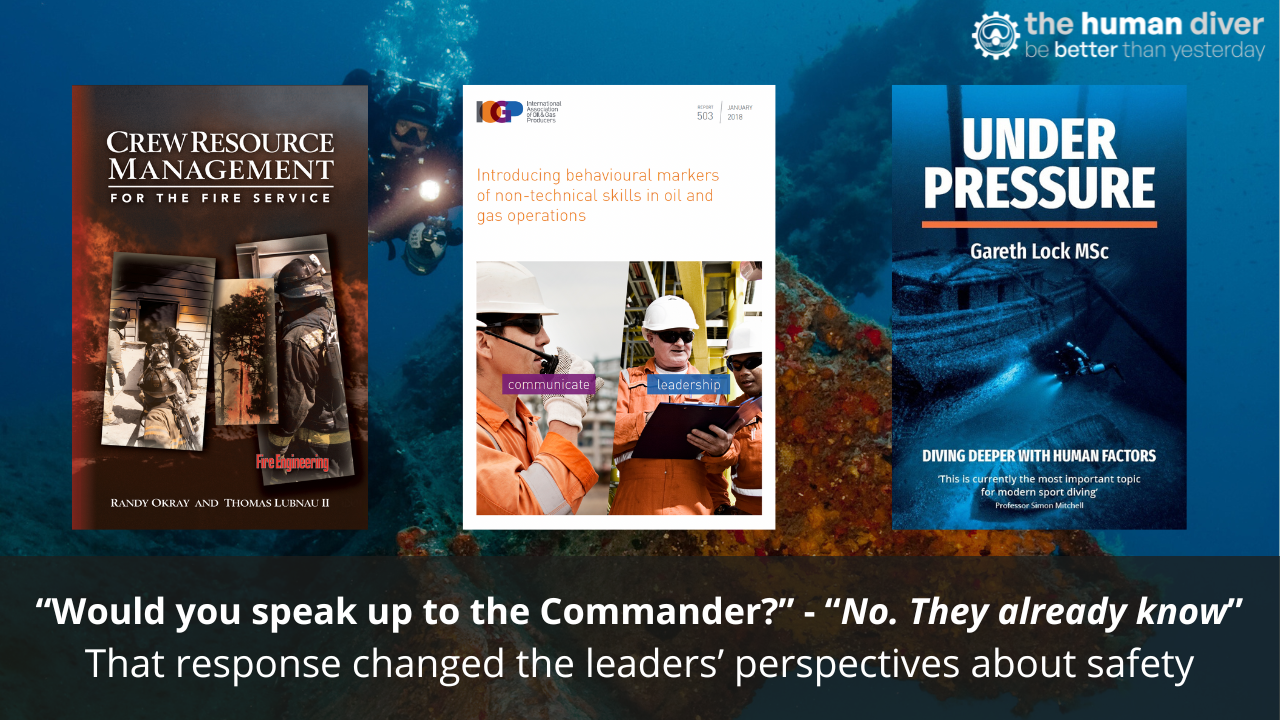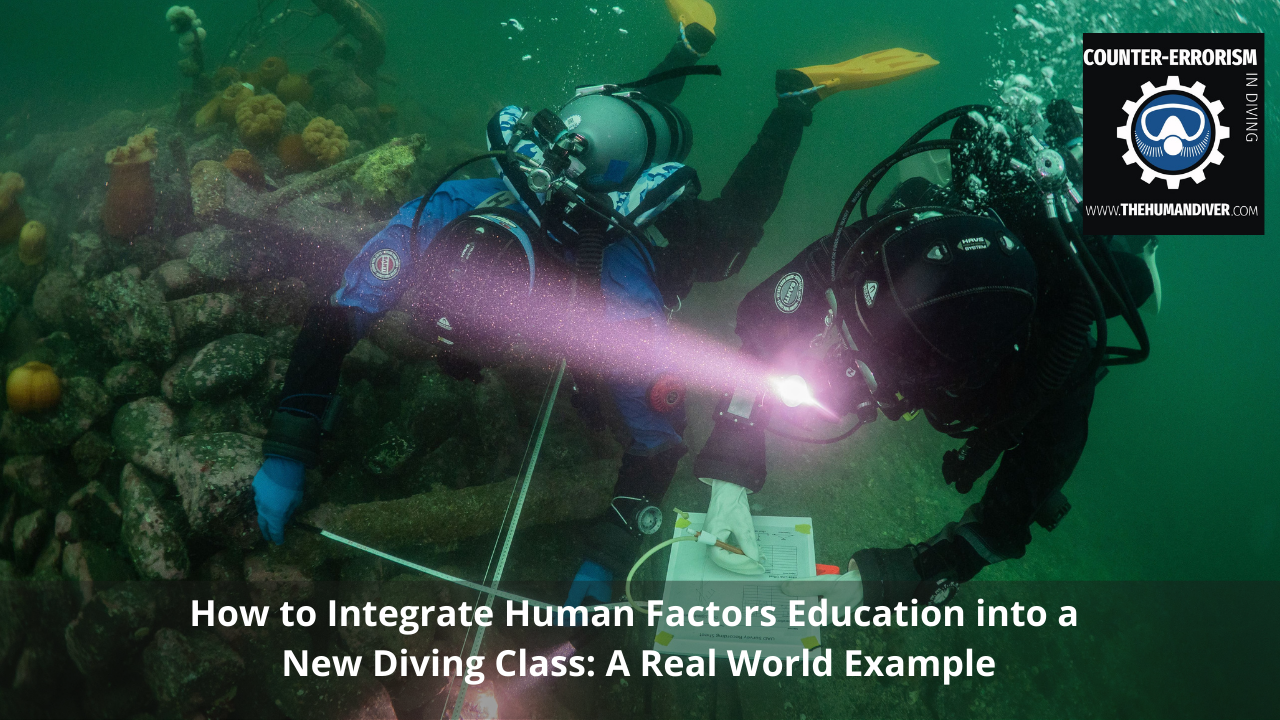
How to Integrate Human Factors Education into a New Diving Class: A Real World Example
Jan 30, 2022Last fall I presented at the first-ever Human Factors in Diving Conference arranged by Gareth Lock and the topic of my presentation was how to integrate Human Factors training into technical diving courses. While I was primarily talking about how to bring this education into existing technical and CCR classes, at the same time, I was writing and developing a new program syllabus as a means of trying to provide opportunities for divers to “connect their passion with purpose”.
This new program was part eLearning, part critical skills in shallow water and part “exploration” of a real historic wreck site. The new program incorporated a large chunk of the Underwater Archaeology Society of British Columbia's new “Underwater Archaeology for Divers” course and my plan was to include Human Factors and Non-Technical Skills education too.
Gareth had agreed to write and record sections we could use in the Human Factors section of the course and as we approached our beta class, I felt I had a pretty good idea of how things would progress.
Teamwork, Leadership and Learning
What I discovered was just how important HF was from the very first day. While other sections of the course were “heavier” in terms of the amount of content, the HF section was likely the most important because it became part of every other section. Feedback from the students at the end of the class was that the HF component was one of the most useful parts of the course!
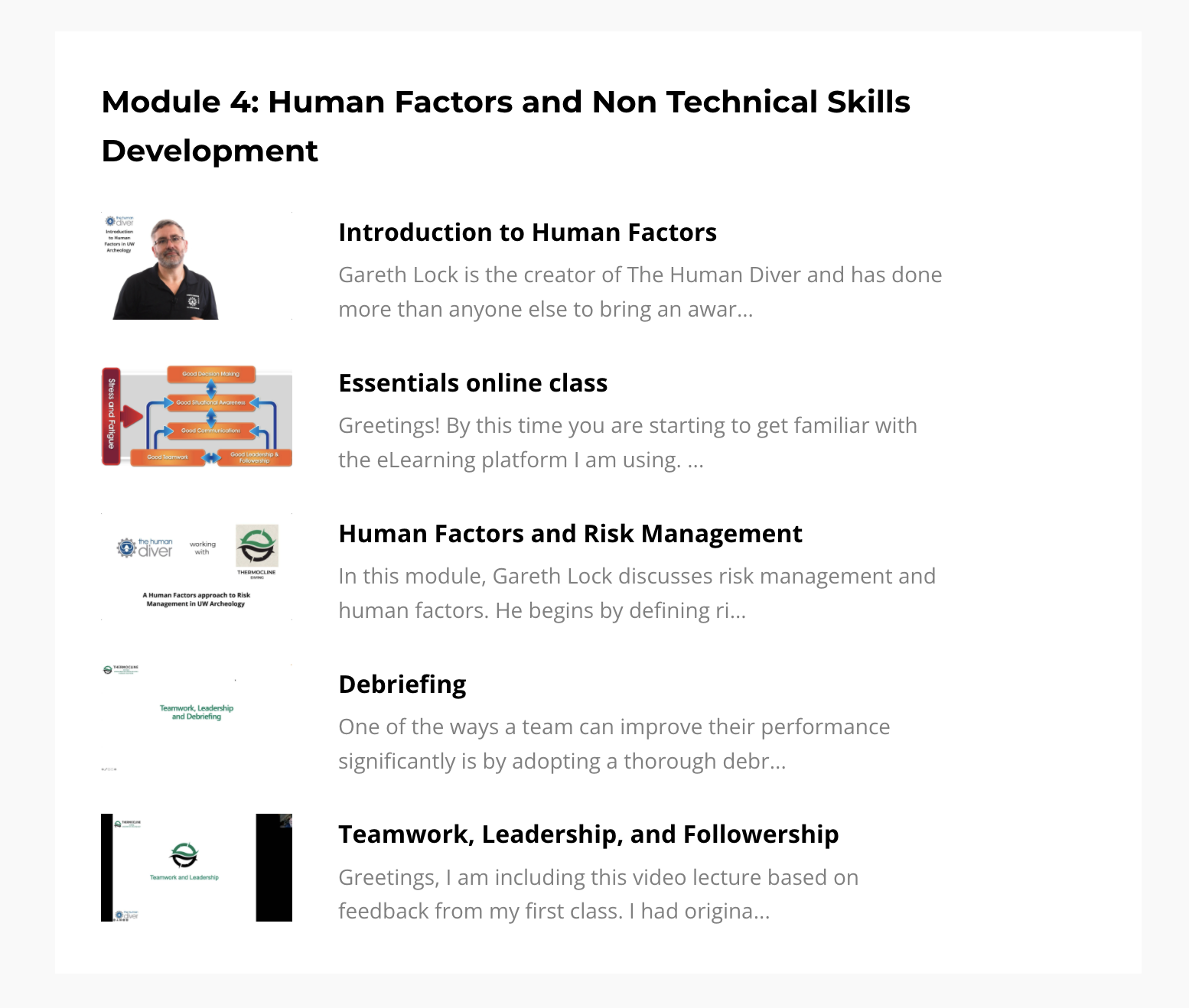
Day four of the six-day face-to-face part of the program came and I was furiously writing additional materials about leadership and teamwork because it seemed the students were absorbing this content like sponges. I watched as their debriefing at the end of each day became more succinct and efficient with everyone participating equally. I had talked a lot about psychological safety and just culture at the beginning of the program, and I made it clear that there was a low authority gradient in the course, and this worked very well. I asked for feedback from the students at the end of the program and I received pages and pages of useful critique and suggestions, most of which I have already incorporated in the V 2.0 of the class. This was no doubt made available because I opened the door to this feedback right at the beginning.
What was particularly interesting was the way in which the DEBRIEF model became the “go to” standard for all the debriefs. Normally in a technical diving course, students are busy with the actual feedback on how they are doing in the “technical” parts of the class, because most divers think this is what technical dive training is all about.
Not surprisingly, they don’t always get a chance to talk about the structure of the feedback they are using. However, because I had placed the DEBRIEF model right into the eLearning that needed to be done before we met in person, this was something that just became a natural part of each dive. We watched as the students because progressively more efficient at their tasks and even when we swapped team roles, the DEBRIEF model went with them.
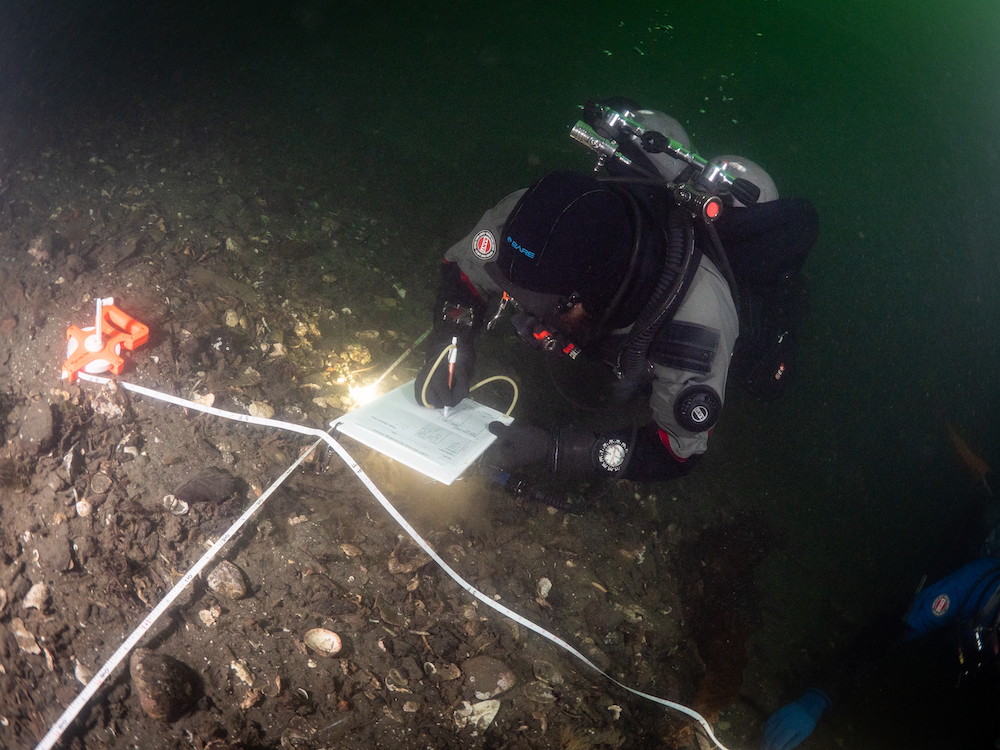
We had originally started with a team of three and a team of two, but we found that two teams of two and a “team leader” seemed to work best. This gave them more opportunity to practice in the different roles they might find themselves in. There were varied leadership styles throughout the dives, but what stayed a common denominator was the respect that each diver showed for each other and their ability to discuss things that went well and things that could use improvement as well as just exactly how to fix those things.
I learned that it would be a good idea to record an actual DEBRIEF session prior to getting together with the teams and having that example available in the eLearning. I also learned that it would be a good idea to provide laminated cards with the DEBRIEF structure on them so they can more easily follow it along the first few times.

Based on how this class worked out, I chose to make a few changes in my other technical diving classes. I already require my students to take the on-line “Essentials” class from The Human Diver, (I include this in their tuition with me) but now I now start each class with a discussion on human factors. Then I keep circling back around to this throughout every module of study. So far, this approach has been very successful and has set the stage for a comfortable and effective learning environment. It’s not only making them better teammates but is making me a better instructor!
I would encourage you to think about how you can include Human Factors knowledge in your own teaching. I am more than happy to share my experiences and offer some suggestions. You can reach me at [email protected].
Guy Shockey is one of the Human Diver instructors. He is also a GUE Tech 2 & CCR 2 instructor operating from Vancouver Island, CA. You can find more about him and his courses here The Human Diver resumé and GUE Instructor Resumé
Want to learn more about this article or have questions? Contact us.



